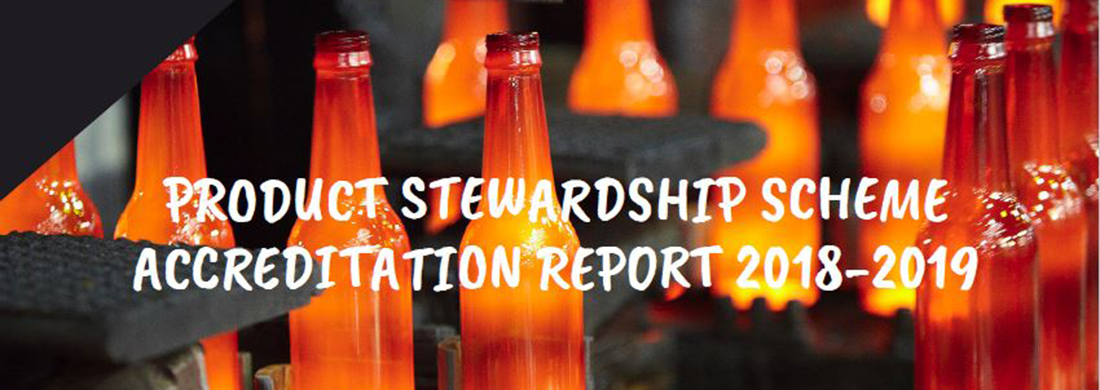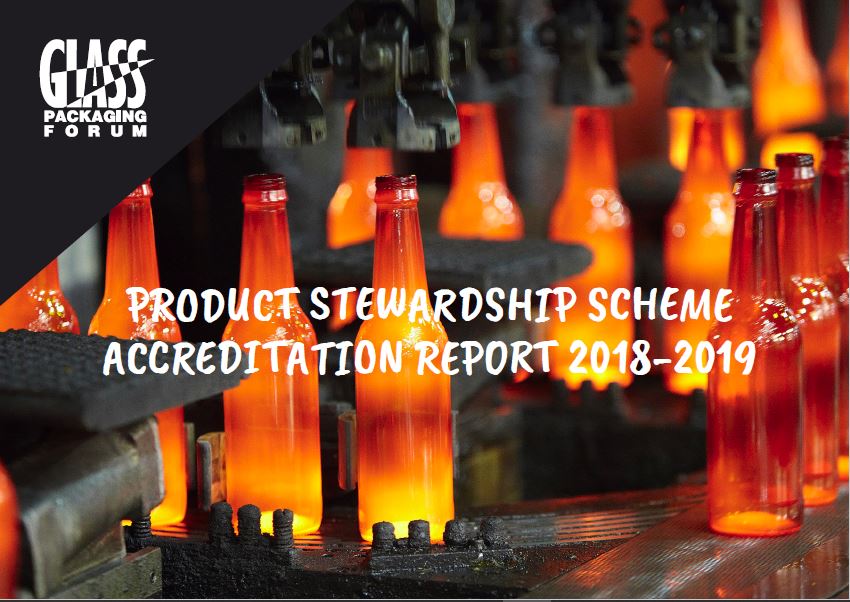
NZ glass recycling on the up – accreditation report

The Glass Packaging Forum (GPF) has released its 2018-2019 annual accreditation report highlighting the performance of glass recovery nationally, including recycling, mass balance data, funding, and stakeholder engagement.
The report is an annual requirement of its Government accreditation and demonstrates industry’s long-term stewardship of glass.
GPF Scheme Manager Dominic Salmon says work was focused on consolidating gains made over the previous year, particularly removing barriers to glass recycling through improvements to infrastructure, with two primary areas of focus. These being financially supporting improved glass recycling outcomes through grants, and building relationships between glass packaging manufacturers, importers, fillers, and sellers and those who collect and recycle glass.
“Our success this year was due to relationships with our members, councils, community groups, transport operators and end market users,” Dominic says. “Profile is critical to the scheme’s success and every effort has been made to promote the infinitely recyclable nature of glass right here in New Zealand.”
Mass balance for the year showed a total glass capture rate of 73% of all glass going to market. Of this 71% was recycled – a 9% increase on the previous year – while 14% went to roading, 6% was stockpiled and 7% went to landfill.
Data improvement was a major focus this year, and will remain so, but with the scheme being voluntary it’s accepted the whole picture cannot be known. “As a voluntary scheme there is no obligation for the relevant parties to provide the required data, so it’s an on-going challenge to ensure the majority of glass handled at the various points of its life cycle are accounted for,” Dominic says. “However, we continue to look at ways we can improve our data quality.”
As part of a ‘let’s talk’ approach the GPF achieved a survey engagement response rate of over 60% from both industry and local government. This saw the scheme achieve its 2024 target for survey engagement rates.
Grant allocations were focused on “sensible infrastructure” such as glass storage bunkers and collection of glass for recycling to improve transport efficiency and viability. In total $457,983 was funded for projects ranging from infrastructure to public place recycling, plant and research. This funding helped improve the flow of 11,000 tonnes of glass.
Dominic says he is pleased with progress and believes the scheme is on track to achieving its future goals, most notably a glass capture rate of over 80% by 2024. “Our current 73% recovery rate is enviable for any material in any part of the world, but by continuing to work with stakeholders we are confident of achieving more.”


